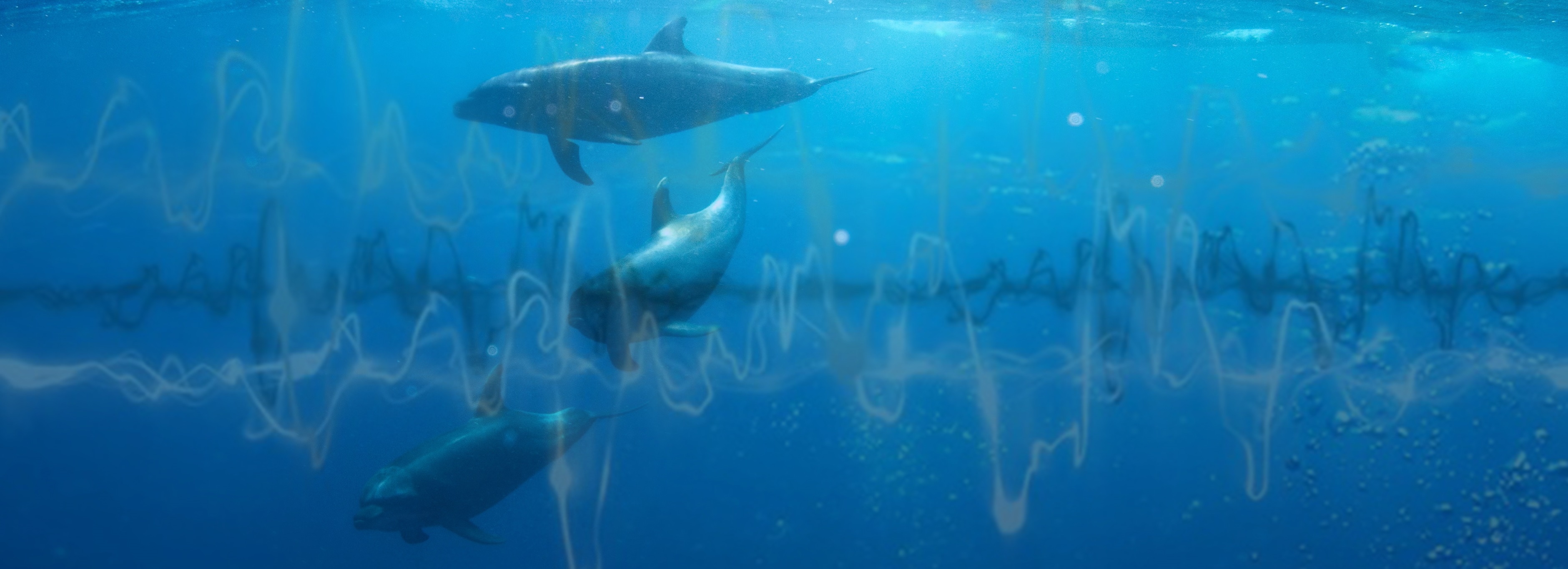GloNoise Partnership

About the GloNoise Partnership

The Global Partnership for Mitigation of Underwater Noise from Shipping (GloNoise Partnership) project is part of broader efforts by the International Maritime Organization (IMO), in collaboration with the United Nations Development Programme (UNDP) and the Global Environment Facility (GEF), to address the impacts of underwater noise on marine life. The project is funded by GEF and officially entered its implementation phase with the signing of the final version of the project document (ProDoc) in December 2023. It has a duration of two years and includes nine beneficiary countries, with six Lead Pilot Countries (LPCs): Argentina, Chile, Costa Rica, India, South Africa, and Trinidad and Tobago, and three Twinning Partner Countries: Georgia, Madagascar, and Malaysia.
The project aims to support the implementation of the revised IMO Guidelines for the Reduction of Underwater Noise from Commercial Shipping to address adverse impacts on marine life (MEPC.1/Circ.906/Rev.1). Its goal is to reduce underwater noise from shipping and mitigate its negative effects on marine ecosystems and their living resources. Additionally, the project will assist developing countries in building capacity to implement these guidelines, gather more data to support IMO's policy dialogue, and develop an online toolkit for national-level implementation by experts.
The Issue
Shipping is one of the major sources of underwater sound in the marine environment, with ships of different sizes producing varied frequencies of sound. First there are small leisure crafts and boats with a length of up to 50 m, e.g., recreational crafts, jet skis, speed boats, operational work boats, hover crafts. Then there are medium sized ships with a length of between 50 and 100 m, e.g., support and supply ships and many research vessels. The third group includes large vessels with a length of greater than 100m. This category includes container/cargo ships, super-tankers, and cruise liners.
Sounds from shipping have a wide range in frequencies, from about 10 Hz extending up to and above 1 kHz. Sound levels vary between app. 160- and well above 200 dB re 1 µPa re 1m. The exact characteristics of the sound emissions depend on variables such as vessel type, size and operational mode. In general, the larger the ship gets, the more intense its generated sound levels become, and the lower its sound frequency. In line with this trend, large commercial vessels produce relatively loud and predominately low frequency sounds with the strongest energy concentrated below several hundred Hz with most broadband source levels generally in the 180 - 190 dB re: 1μPa range. Large vessels dominate low-frequency background noise in many marine environments worldwide and due to the steady increase in shipping over the past decades (estimated at 4 % per year globally), potential pressures on the marine environment will increase too. As a result of the ever-increasing volume of international commercial shipping, the sector is expected to contribute to underwater noise more and more unless action on the mitigation of this sound source is taken.
Sound is critically important for most marine animals, including marine mammals, as its production and detection serves important biological functions such as communication, foraging, reproduction, navigation, and predator avoidance. Where there is an overlap between the frequencies of the anthropogenic sound sources and those of the sound used by marine animals, there can be interference with such important biological functions. The predominately low frequency sounds associated with large commercial vessels directly overlap with typical low frequency communication sounds and hearing of many marine mammals, particularly large whales, some seals and sea lions and fishes. This places marine life under increasing stress and can lead to effects ranging from very subtle behavioural reactions and changes to death at very high exposure, depending on the physical properties of the received sound.
Sustainable Development Goals
The project contributes to global efforts to achieving the Sustainable Development Goals (SDGs), most notably SDG 14 (Life Below Water), as well as SDG 5 (Gender Equality), SDG 13 (Climate Action), and SDG 17 (Partnerships for the Goals). Read more about IMO and the Sustainable Development Goals here.
For more information about GloNoise visit: https://glonoise.imo.org/
Follow us on LinkedIn to stay updated.
Further Reading on Underwater Noise:
Report of the Correspondence Group on the Review of the Underwater Noise Guidelines
What is ocean noise? – US National Oceanic and Atmospheric Administration (NOAA)
Understanding Anthropogenic Underwater Noise – Transport Canada.
IMO and the Oceans : IMO's work to protect the oceans under Sustainable Development Goal (SDG) 14 - Life below water.